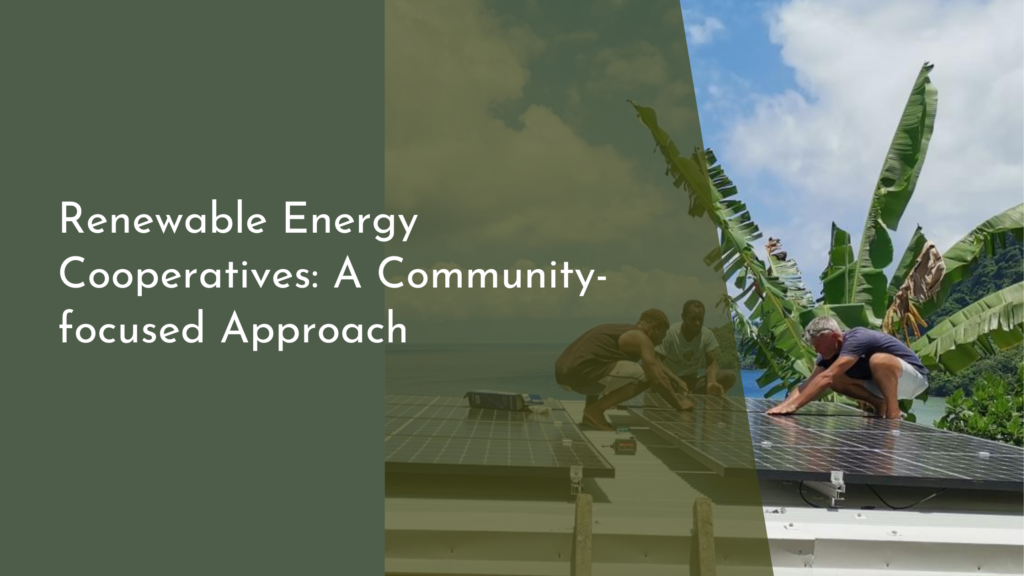The Role of Protected Areas in Sustainable Wildlife Management
Protected areas play a critical role in the sustainable management of wildlife, serving as sanctuaries where ecosystems can thrive without the pressures of human encroachment. These regions, which encompass national parks, wildlife reserves, and conservation areas, are vital for preserving biodiversity and ensuring the survival of countless species. As environmental challenges grow, the significance of these protected spaces becomes increasingly apparent, highlighting the need for collective efforts to maintain and enhance their effectiveness.
In this article, we will explore the multifaceted role of protected areas in wildlife management. We will delve into their importance for biodiversity, the engagement of local communities in conservation efforts, and share inspiring success stories that demonstrate the positive impact of these initiatives on wildlife and ecosystems. Join us as we celebrate the pivotal role of protected areas in creating a sustainable future for wildlife.
Discovering the Importance of Protected Areas for Wildlife
Protected areas serve as essential refuges for wildlife, providing habitats that are shielded from habitat destruction, poaching, and pollution. These zones allow species to thrive in their natural environments, contributing to the overall health of global ecosystems. By prioritizing the establishment and maintenance of protected areas, we can ensure that endangered species have a fighting chance at survival while promoting genetic diversity within populations. This diversity is crucial for resilience against diseases and climate change.
Moreover, protected areas also function as research laboratories, where scientists can study wildlife behaviors, ecosystem dynamics, and the effects of environmental changes in a controlled setting. This research informs better management practices and policies that benefit wildlife conservation as a whole. The protected status of these areas fosters a sense of stewardship among scientists, conservationists, and the public, reinforcing the collective responsibility to safeguard our planet’s natural treasures.
How Protected Areas Support Biodiversity and Ecosystems
The establishment of protected areas is one of the most effective strategies for conserving biodiversity. They create safe havens for a wide range of flora and fauna, allowing ecosystems to flourish without the pressures of human development. These habitats serve as breeding grounds for numerous species, contributing to population recovery for those on the brink of extinction. When ecosystems are preserved, they naturally enhance ecological processes, such as pollination, nutrient cycling, and water filtration, which are vital for human survival.
In addition to protecting wildlife, these areas play an integral role in climate regulation. Forested protected areas, for example, act as significant carbon sinks, sequestering carbon dioxide and mitigating the effects of climate change. Wetlands and marine protected areas help protect coastal regions from erosion and serve as buffers during extreme weather events. By maintaining these critical ecosystems, we not only safeguard wildlife but also bolster the resilience of our planet against environmental challenges.
Engaging Communities in Sustainable Wildlife Conservation
Community involvement is essential to the success of protected areas and wildlife management. Engaging local communities ensures that conservation efforts are rooted in the realities of people’s lives, fostering a sense of ownership and responsibility towards the environment. When locals are included in decision-making processes, they are more likely to support conservation initiatives, as they see the benefits to their livelihoods. Sustainable practices, such as eco-tourism and sustainable agriculture, can provide economic incentives for communities to conserve their natural resources.
Moreover, education and awareness programs play a key role in fostering a conservation ethic among community members. By informing locals about the importance of biodiversity and the ecological services provided by protected areas, communities can become passionate advocates for wildlife conservation. Local stewardship initiatives, where residents take active roles in monitoring and protecting their natural surroundings, have proven effective in creating a culture of conservation that benefits both people and wildlife.
Success Stories: Protected Areas Making a Difference!
Across the globe, there are countless success stories showcasing the positive impact of protected areas on wildlife conservation. For instance, the Yellowstone to Yukon Conservation Initiative in North America has linked protected areas across a vast region, allowing wildlife such as grizzly bears and wolves to roam freely between habitats. This connectivity has led to healthier populations and more resilient ecosystems, illustrating the power of collaborative conservation efforts.
Another inspiring example is the success of the Great Bear Rainforest in Canada, one of the largest coastal temperate rainforests in the world. With the collective efforts of indigenous groups, environmental organizations, and government support, this area was designated as a protected zone, safeguarding not only the diverse wildlife that inhabits it but also preserving the cultural heritage of local communities. Stories like these highlight that when we prioritize protected areas, we reap the rewards of thriving ecosystems and improved community resilience.
Protected areas are invaluable assets in the pursuit of sustainable wildlife management. They provide critical habitats, support biodiversity, and engage communities in the conservation process, ensuring that both people and wildlife can thrive. By championing and maintaining these vital spaces, we can cultivate a more sustainable relationship with our natural world. The success stories we’ve explored remind us of the incredible potential that lies within these protected zones. Together, let us continue to celebrate and support the role of protected areas in nurturing the planet’s rich and diverse wildlife for generations to come!

